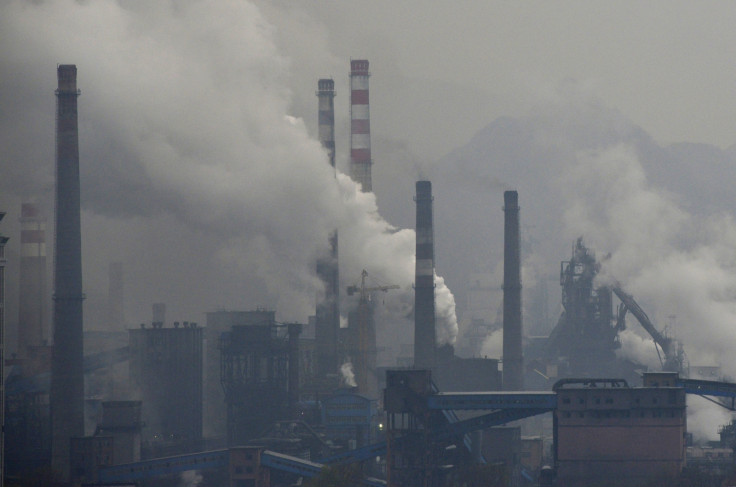Global warming: Greenhouse gas induced warming takes only weeks to be felt

The warming from carbon dioxide released by burning a lump of coal exceeds the heat generated by the combustion in just 34 days.
It takes 45 days for oil combustion and 59 days for natural gas to achieve comparable warming to that generated by burning the respective fuel.
This shows that global warming does not take years and decades for its effects to be felt, shows a study by climate scientists at the Carnegie Institution for Science.
"Ultimately, the warming induced by carbon dioxide over the many thousands of years it remains in the atmosphere would exceed the warming from combustion by a factor of 100,000 or more," Ken Caldeira said in a Carnegie news release.
Caldeira and Xiaochun Zhang also extrapolated heat measurements for continuously burning power plants.
Coal plants took just three months for warming caused by atmospheric carbon dioxide to surpass the heat released into the atmosphere by combustion.
"If a power plant is burning continuously, within three to five months, depending on the type of power plant, the CO2 from the power plant is doing more to heat the Earth than the fires in its boiler," Caldeira said.
The research, "Time scales and ratios of climate forcing due to thermal versus carbon dioxide emissions from fossil fuels," is published in Geophysical Research Letters, a journal of the American Geophysical Union.
Bonn talks
Meanwhile, at the Bonn climate talks, a group of experts warned that the widely accepted target of limiting warming to 2C may not be enough and that radical decarbonisation of world energy systems must come even faster.
The structured expert dialogue group recommended striving for a 1.5C threshold which it said was technically feasible, but difficult.
The International Energy Agency too came out recently to note that the world is no longer on track to meet even the goal of keeping warming below 2C.
Research by Global Carbon Project too has shown that the means to a 2C limit are slipping away fast. This has been supported by teams at the University of California and the Scripps Institution of Oceanography.
Global average concentration of carbon dioxide in the atmosphere entered the danger zone after crossing 400 parts per million this March.
Climate experts are hoping that Paris can at least bend the emissions curve downward, with more actions to come later.
The UN Climate Change Conference in Bonn, Germany began this week with French foreign minister and incoming COP 21 president Laurent Fabius calling for nations to address poverty and climate change.
"We have the collective responsibility to define an international framework of action which reconciles the legitimate aspiration of all to prosperity with the natural limitations of our planet. We will not win the fight for development and poverty eradication without winning the climate fight," he said.
While almost 98 nations target 75% of global emissions, even that has been found to be inadequate to stay with the 2C rise. In fact, trends point to a 4-5C rise before the end of the century.
The combined total emissions by the world by 2030 is projected to exceed safe limits by at least 13 billion tonnes.
A climate pact at Paris is hoped to replace the Kyoto Protocol after 2020. But differences between the rich and poor blocs have seen many hurdles in achieving a significant emission reductions agreement.
© Copyright IBTimes 2025. All rights reserved.





















